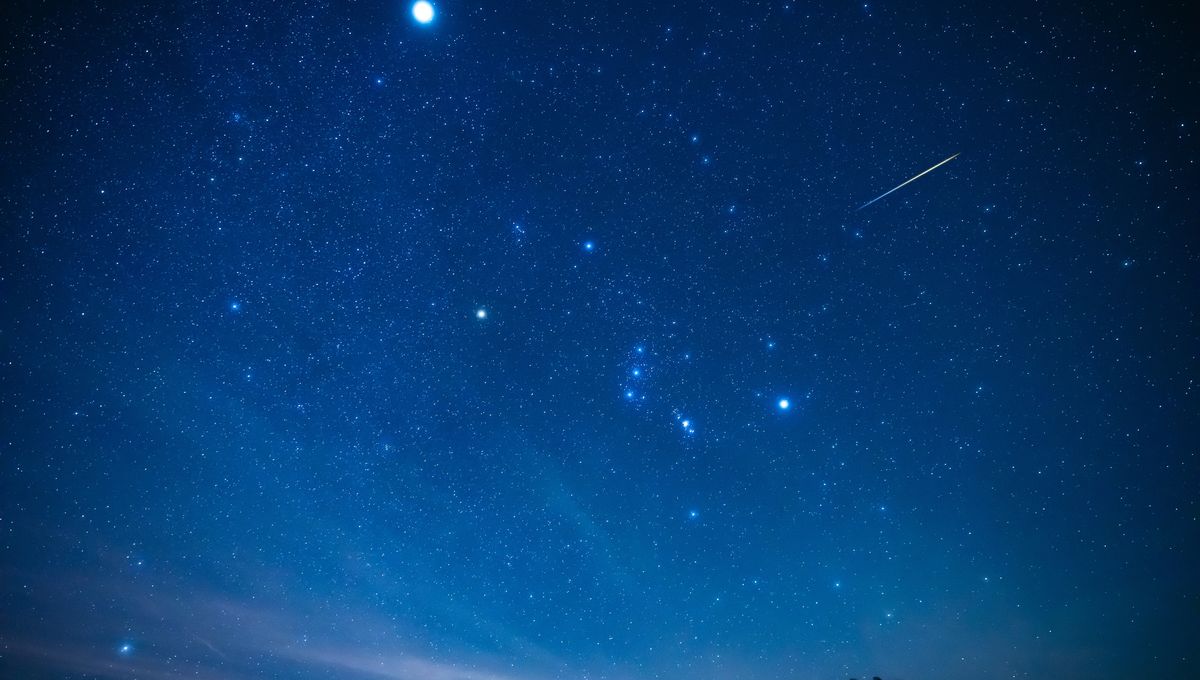
If you are somewhere with lovely, clear skies tonight, you should go out and try to catch the Orionid meteor shower. The new Moon was yesterday, so there is just the beginning of its waxing crescent tonight, giving us a great chance to see this beautiful meteor shower without too much distraction.
The rest of this article is behind a paywall. Please sign in or subscribe to access the full content.
If you want to make a whole evening of it, you could shortly after sunset by trying to catch Comet C/2025 A6 (Lemmon), which will be visible in the west for a few hours after the Sun has gone down. As the comet sets in the west, Orion will rise in the east, and the right shoulder of the celestial hunter – the location of Betelgeuse – is roughly the position from which these meteors appear to be radiating.
Unless you are in a dark sky area, if you want to see the comet – which is the brightest of the year – you will need binoculars or a small telescope. It is not going to be as bright to the naked eye as comet Hale-Bopp, the great comet of 1997. But once you have seen the comet and are ready to move on to the meteor shower, you can ignore any telescopic aids.
Meteor showers are always best seen with the naked eye. Meteors are, in general, pretty fast as they burn through the atmosphere, and the Orionids are faster than most, moving at about 66 kilometers (41 miles) per second. Your eyes alone are better and faster at following them streaking across the sky.
The reason why this particular meteor shower is considered special is its source. Meteor showers are created by the debris of comets and asteroids that cross the orbit of the Earth. The source of this shower is the most famous comet there is: Halley’s comet.
Every 75 years or so, Halley’s comet passes through the inner Solar System (next time will be in mid-2061), losing material and forming its brilliant tail as it approaches the Sun. That material makes up not only the Orionids in October but also the Eta Aquariids, which peak in May, even though they have moved from the comet’s orbit.
There should be a meteor visible every few minutes tonight, with peak conditions going from midnight to just before sunrise, local time. If tonight is not good, the meteor shower will continue until early November, just with less frequent shooting stars.
Source Link: Eyes To The Skies! The Special Orionids Meteor Shower Peaks Tonight